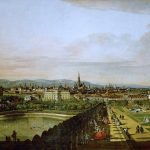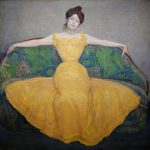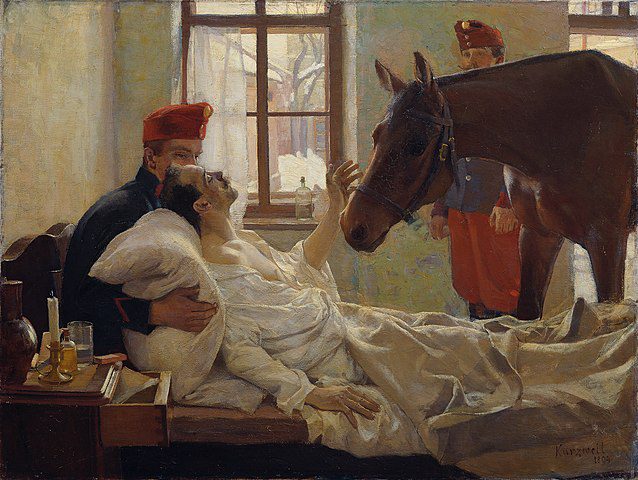
Max Kurzweil (1867–1916) was an Austrian painter and printmaker, a pivotal figure in the Vienna Secession movement, which sought to break free from the traditional constraints of Austrian art and culture at the turn of the 20th century. Born in Bisenz, Moravia, then part of the Austro-Hungarian Empire, Kurzweil’s upbringing was steeped in the rich cultural tapestry of Central Europe, which would later influence his work. He pursued his art education at the Academy of Fine Arts Vienna, where he developed a solid foundation in classical painting techniques.
Kurzweil’s artistic journey was marked by a continuous search for new forms of expression and a deep interest in the avant-garde movements of his time. He was significantly influenced by the Symbolist movement, which emphasized the emotional and mystical aspects of art, focusing on themes of love, fear, death, and transcendence through a highly stylized and decorative approach. This influence is evident in Kurzweil’s work, which often combines a rich palette with intricate patterns and textures, creating compositions that are both visually striking and deeply symbolic.
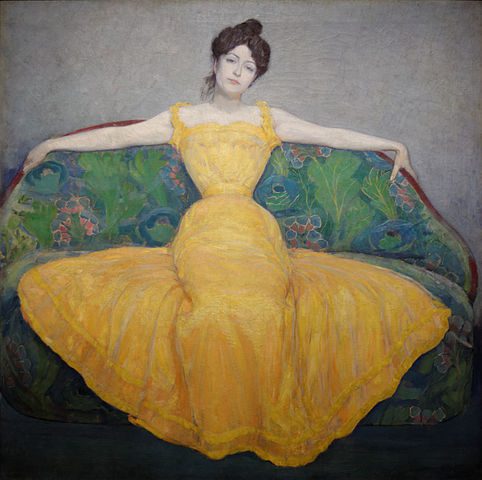
In 1897, Kurzweil became a founding member of the Vienna Secession, an artists’ association that aimed to create a platform for unconventional and non-academic art. The Secession was part of a broader movement across Europe that challenged the conservative norms of the art world, advocating for artistic freedom and the integration of art into everyday life. As part of this movement, Kurzweil contributed to the development of a distinctively modern Austrian art, characterized by its rejection of historical imitation and its embrace of originality and innovation.
Light, Color, Emotion
Kurzweil’s work is notable for its sensitivity to the nuances of light and color, as well as its exploration of human emotion and psychology. He was particularly adept at portraiture, capturing the inner lives of his subjects with empathy and depth. His landscapes and still lifes, meanwhile, reveal a fascination with the interplay of light and shadow, often imbued with a sense of melancholy or introspection.
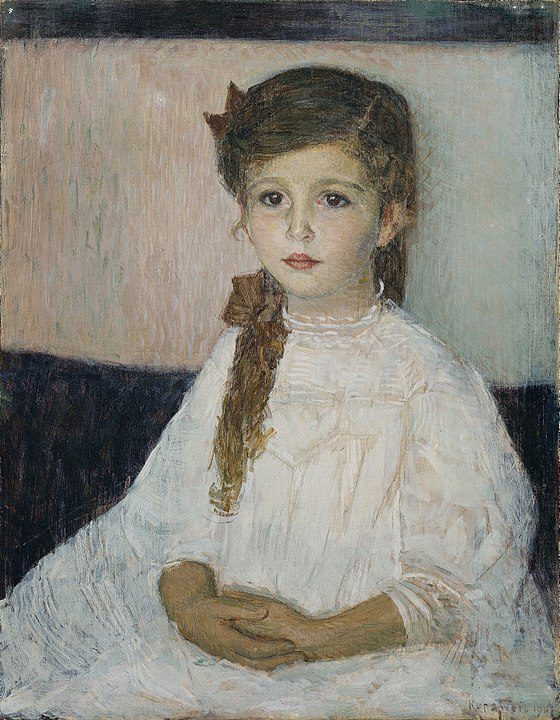
One of Kurzweil’s most acclaimed works is “Lady in Yellow Dress” (1899), which exemplifies his skill in blending naturalism with Symbolist elements to create a portrait that is both a realistic depiction and a complex psychological study. The painting reflects Kurzweil’s interest in the themes of femininity and identity, presenting the subject with a gaze that is at once introspective and challenging.
Struggles & Resilience
Despite his contributions to the Vienna Secession and his recognition among contemporaries, Kurzweil struggled with personal and financial difficulties throughout his life. His work, however, continued to evolve, demonstrating his commitment to artistic experimentation and his ability to synthesize various influences into a coherent and distinctive style.
Tragically, Kurzweil’s life came to an early end when he committed suicide in 1916, a loss that was deeply felt within the artistic community. Despite the brevity of his career, his legacy endures through his influential role in the Vienna Secession and his body of work, which continues to be celebrated for its emotional depth and aesthetic innovation.
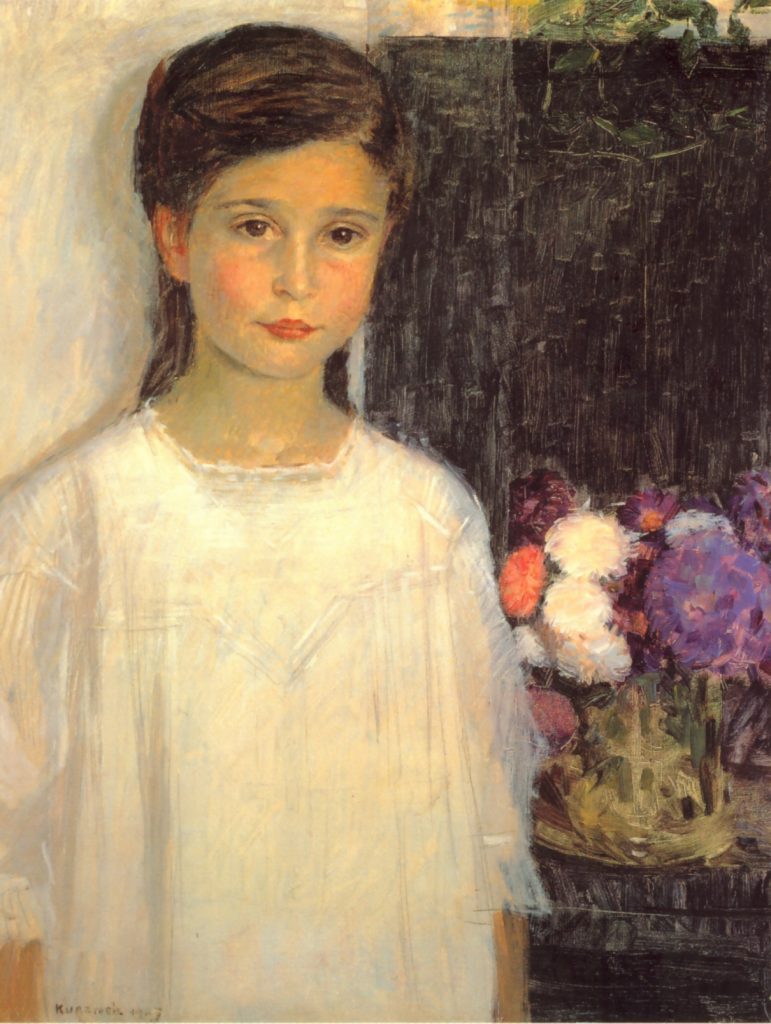
Today, Max Kurzweil’s paintings and prints are held in high regard, not only for their technical excellence and stylistic innovation but also for their contribution to the dialogue between tradition and modernity in early 20th-century art. His work remains a testament to the vibrancy of the Vienna Secession movement and its enduring impact on the development of modern art. Kurzweil’s artistic vision, characterized by its emotional resonance and formal beauty, continues to captivate audiences, securing his place in the annals of art history.


